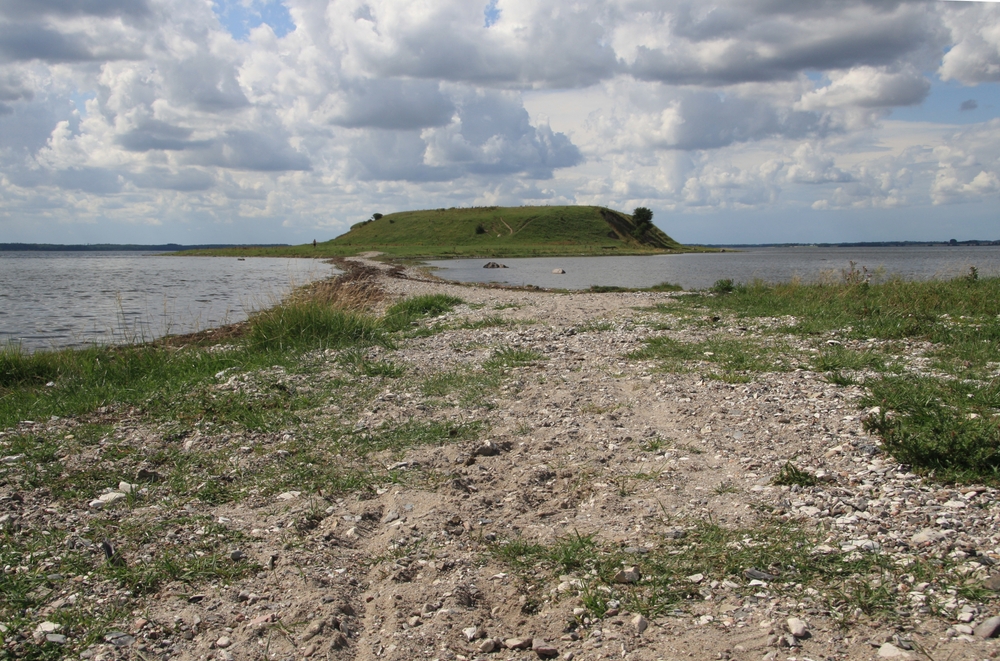How Was Surveying Done In The 1800’s?

Surveying in the 1800s was a pivotal endeavor that shaped the expansion and development of nations worldwide. It was a time when accurate land measurement and mapping became increasingly crucial for territorial claims, infrastructure development, and urban planning. This blog explores the methods, tools, and challenges faced by surveyors during this transformative era.
Early 19th Century: Instruments and Techniques
Chain Surveying
At the beginning of the 19th century, surveyors primarily relied on chain surveying, a method that dates back to ancient times but was refined during this period. The surveyor would use a Gunter’s chain, typically 66 feet long, made up of 100 links. Each link represented 7.92 inches, and the chain was used to measure distances between fixed points on the ground. This method was labor-intensive and required meticulous attention to detail.
Theodolites and Transit Instruments
To measure angles and determine directions accurately, surveyors employed theodolites and transit instruments. These instruments, often mounted on tripods, allowed surveyors to measure horizontal and vertical angles with precision. Theodolites were equipped with telescopes and vernier scales, enabling accurate readings necessary for triangulation and mapping.
Magnetic Compass
The magnetic compass was another essential tool for surveyors in the 1800s. It provided a reference direction (typically magnetic north) and helped orientate surveying instruments accurately. Despite its limitations due to local magnetic anomalies, the compass was indispensable for initial bearings and rough orientation in the field.
Mid-19th Century: Technological Advances
Introduction of Plane Table Surveying
In the mid-19th century, plane table surveying gained popularity, particularly for topographic mapping. Surveyors would sketch maps directly in the field using a plane table—a drawing board mounted on a tripod. This method integrated direct measurement with graphic representation, allowing for real-time adjustments and more detailed mapping.
Photographic Surveying Techniques
Toward the latter half of the 19th century, advancements in photography revolutionized surveying. Photographic surveying techniques emerged, enabling surveyors to capture and analyze detailed images of terrain and landmarks. Photogrammetry, a technique where measurements are derived from photographs, facilitated more accurate mapping and reduced reliance on manual calculations.
Challenges Faced by Surveyors
Inaccuracies and Limitations
Despite technological advancements, surveying in the 1800s was fraught with challenges. Instruments were often susceptible to environmental conditions such as temperature variations and magnetic disturbances, leading to measurement inaccuracies. Moreover, the reliance on manual calculations and hand-drawn maps meant that human error could significantly affect survey results.
Logistical and Terrain Challenges
Surveyors faced daunting logistical challenges, especially in remote and rugged terrains. Transportation of heavy instruments, adverse weather conditions, and lack of reliable communication posed significant hurdles to conducting accurate surveys. Surveying teams often had to endure arduous journeys to reach survey sites and endure harsh conditions during fieldwork.
Impact on Development and Expansion
Mapping of Urban Areas and Infrastructure
Accurate surveys in the 1800s were instrumental in the planning and development of urban areas and infrastructure projects. Detailed maps facilitated the layout of roads, railways, canals, and other critical infrastructure, contributing to economic growth and urbanization during the Industrial Revolution.
Land Settlement and Territorial Claims
Surveying played a crucial role in land settlement and defining territorial boundaries, particularly in newly colonized regions. Surveyors were tasked with demarcating land parcels, resolving disputes, and establishing legal frameworks for land ownership—a process essential for political stability and economic development.
Legacy and Modern-Day Relevance
Evolution of Surveying Techniques
The techniques and principles developed by 19th-century surveyors laid the foundation for modern surveying practices. Innovations such as photogrammetry, GPS (Global Positioning System), and LiDAR (Light Detection and Ranging) have revolutionized the field, enabling highly accurate and efficient mapping capabilities.
Preservation of Historical Survey Records
Many of the maps, field notes, and survey records produced during the 1800s are valuable historical artifacts. They provide insights into past landscapes, urban planning strategies, and societal structures, serving as important resources for historians, urban planners, and environmental researchers.
Conclusion
Surveying in the 1800s was a transformative period marked by technological advancements, logistical challenges, and significant societal impacts. From the rudimentary chain surveying techniques to the introduction of plane table surveying and photographic methods, surveyors of the time paved the way for modern mapping and land management practices. Their work not only facilitated urbanization and infrastructure development but also played a crucial role in defining territorial boundaries and promoting economic growth. The legacy of 19th-century surveyors continues to resonate in contemporary surveying practices, emphasizing the enduring importance of accurate geospatial data in shaping our world.
Need Land Surveyors in Texas?
At Smyth Surveyors, Inc., we offer professional, official, and dependable land surveying in Texas. Our staff are all trained and licensed with our owner holding an L.S.L.S license. We can offer surveying for gas and oil well locations, pipeline right-of-way acquisition and construction alignment, determination of original survey boundaries, title boundary surveys, topographic surveys, and construction staking. If you are looking for a surveying company that has a prestigious record and an impeccable reputation look no further than Smyth Surveyors, Inc. Contact us today to speak with one of our friendly project managers and set up some time with us!